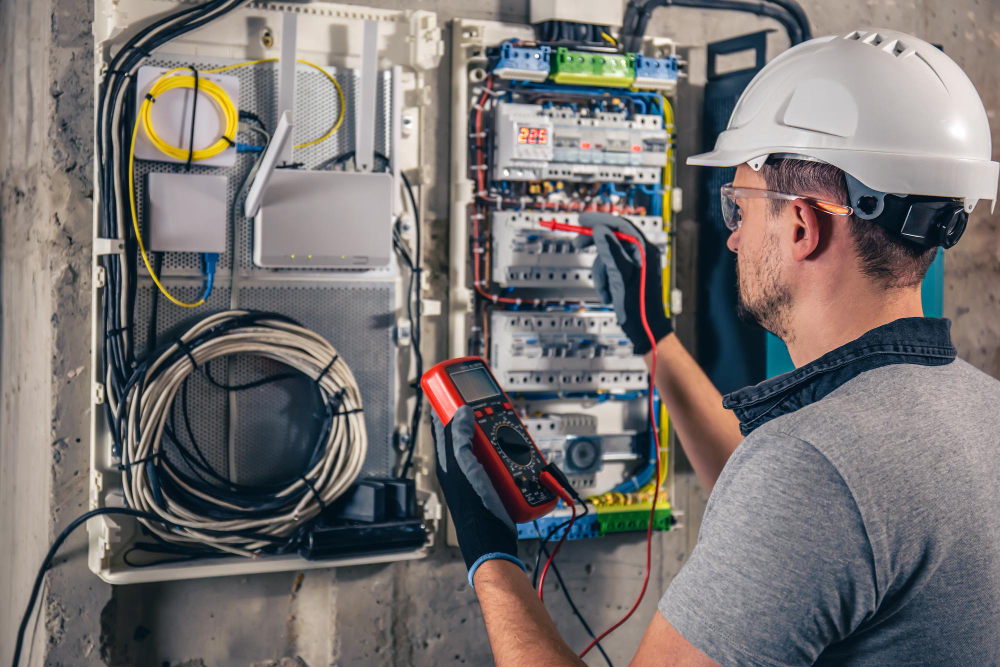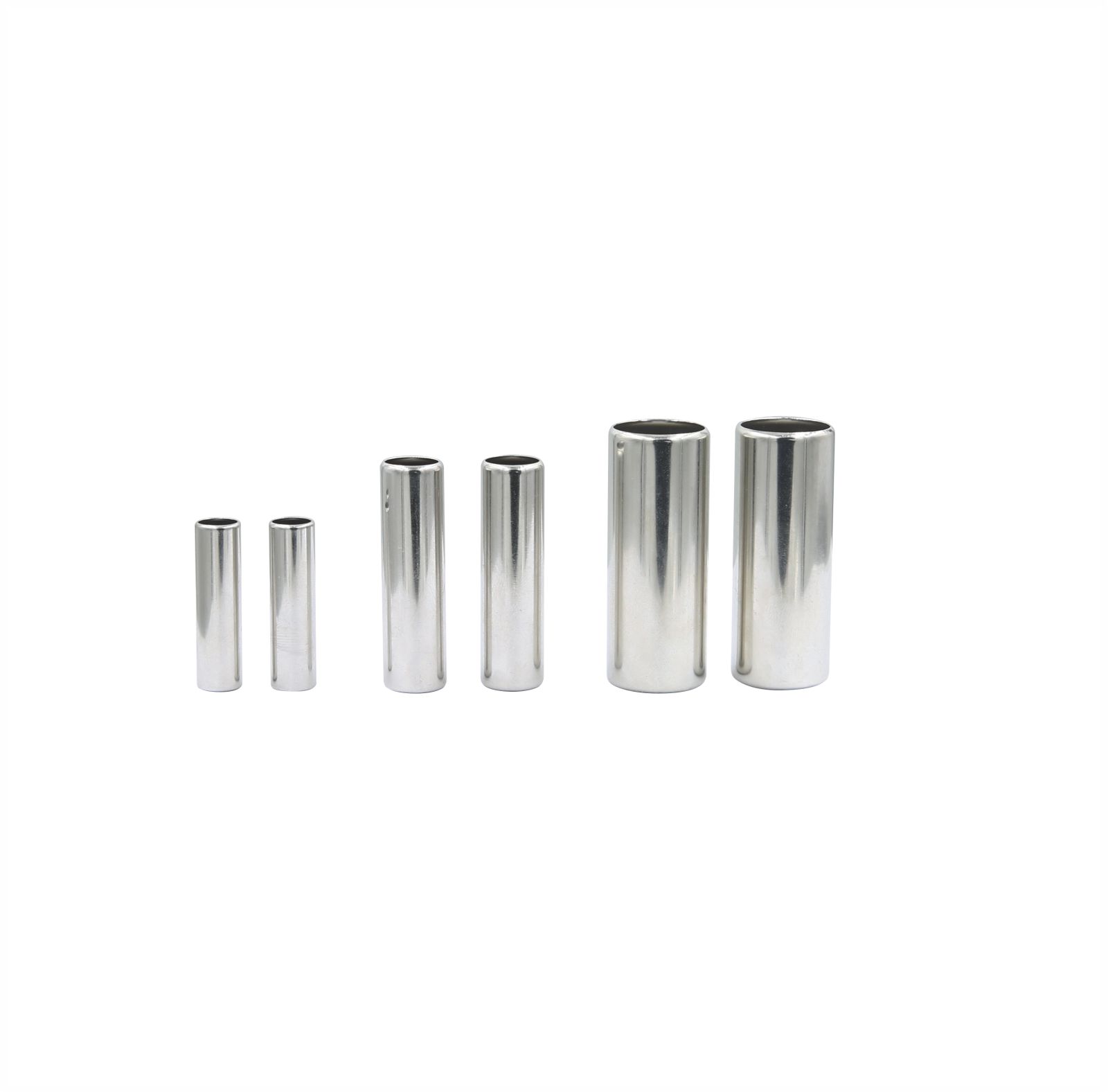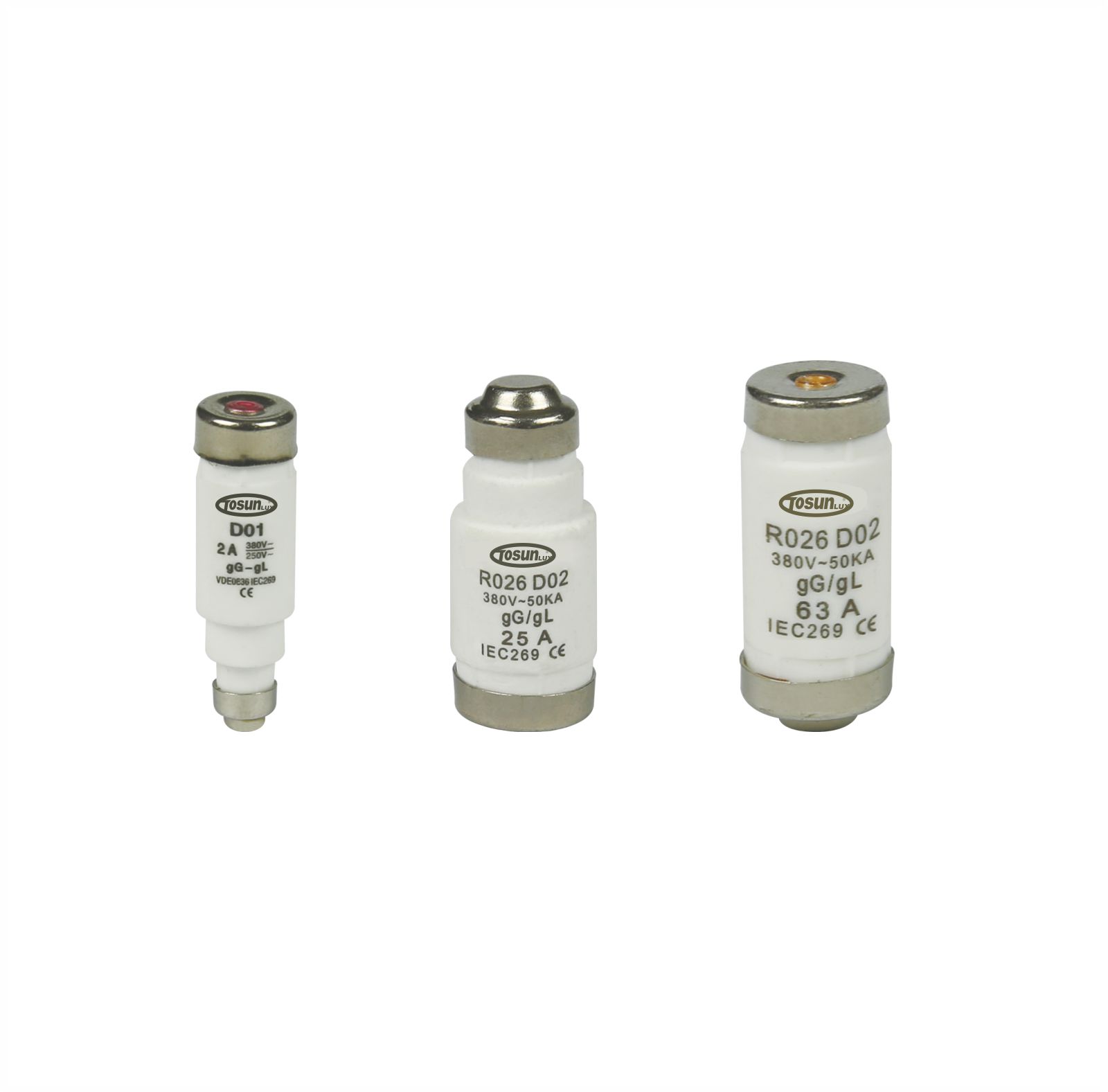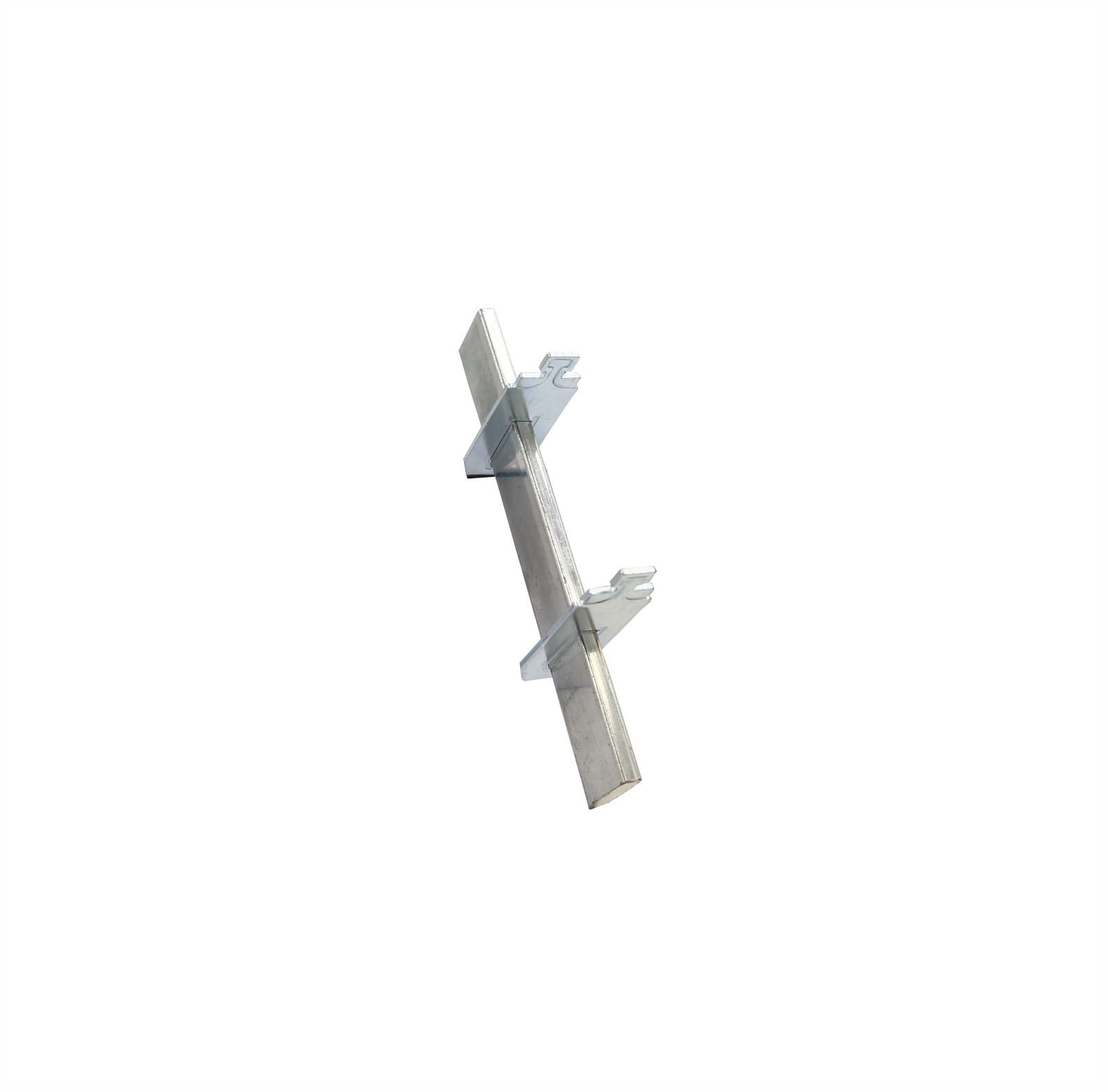The Ultimate Guide to Fuse Link
Table of Contents
ToggleFuse links are crucial components in electrical systems designed to protect circuits and equipment from overcurrents and short circuits. In this comprehensive guide, we will delve into the definitions, types, functions, and applications. Whether you are an electrician, engineer, or homeowner, this guide will provide valuable insights into the importance of fuse links and the benefits of choosing TOSUNlux for your fuse link needs.

What is a Fuse Link?
A fuse link is a device made of a conductor that is designed to melt and break the electrical circuit when exposed to excessive current. It acts as a sacrificial element that interrupts the flow of current, protecting other components in the circuit from damage.
Types of Fuse Links
- Cartridge Fuse Links
Cartridge fuse-links consist of a fuse element enclosed in a cartridge. They come in different sizes and current ratings, making them suitable for a wide range of applications. Cartridge fuse-links are commonly used in residential, commercial, and industrial settings.


- Blade Fuse Links
Blade fuse links, also known as automotive fuses, are primarily used in vehicles to protect electrical circuits from overcurrents. They feature a plastic body with two metal blades that plug into fuse holders. Blade fuse-links are available in various sizes and current ratings.
- Spiral Fuse Link
A Spiral Fuse Link is a type of fuse that uses a coiled element wire as its current-carrying core. This wire is designed to melt and break the circuit when exposed to high currents caused by either overload or short-circuit faults. The spiral design of the element wire allows for better heat dissipation, thus increasing the overall reliability and performance of the fuse. Spiral Fuse Links are commonly used in applications where high fault currents are a concern, such as in industrial or commercial settings.


- High Voltage Fuse Links
High-voltage fuse links are designed to protect high-voltage electrical systems. They can handle large currents and have specific construction requirements to withstand high voltages safely.
- Low Voltage Fuse Links
Fuse links designed for domestic and similar applications are the most dependable means of safeguarding electrical installations, control systems, and signal circuits from overload and short-circuit currents. They can be comfortably operated by unskilled persons.


Functions of Fuse Links
- Overcurrent Protection
The primary function of a fuse link is to protect electrical circuits and equipment from overcurrents. When the current exceeds the rated value of the fuse link, it melts and breaks the circuit, preventing further damage and potential hazards.
- Short Circuit Protection
Fuse links are also effective in protecting circuits and equipment from short circuits. In the event of a short circuit, the high current causes the fuse link to melt, interrupting the flow of electricity and preventing extensive damage.
- Fault Detection
Fuse links serve as indicators of faults within the electrical system. When a fuse link blows, it signifies an issue in the circuit that needs to be addressed before the fuse link can be replaced.
Applications of Fuse Links
- Residential and Commercial Buildings
Fuse links are commonly used in residential and commercial buildings to protect electrical circuits from overcurrents. They provide safety and prevent damage to appliances, lighting systems, and electrical wiring.

- Industrial Applications
In industrial settings, fuse links are crucial for protecting electrical equipment, machinery, and control systems from overcurrents and short circuits. They ensure the safe operation of motors, transformers, and other industrial equipment.
- Automotive Applications
Fuse links play a vital role in automotive electrical systems. They protect various circuits, including lighting, heating, air conditioning, and audio systems, from overcurrents and electrical faults.
Conclusion
Fuse links are essential components in electrical systems, providing vital protection against overcurrents and short circuits. TOSUNlux, as a reputable manufacturer, offers a wide range of high-quality fuse links designed to meet industry standards and ensure reliable protection. Choose TOSUNlux for your fuse link needs and benefit from their expertise, quality craftsmanship, and commitment to electrical safety.
Tel: +86-577-88671000
E-mail: ceo@tosun.com
Skype: tosunelectric
Wechat: +86-139 6881 9286
WhatsApp: +86-139 0587 7291
Address: Room No.1001 Wenzhou Fortune Center,Station Road, Wenzhou, China
REQUEST A QUOTE
WhatsApp us
 : +86-139 0587 7291
: +86-139 0587 7291 English
English Español
Español Русский
Русский Français
Français العربية
العربية Português do Brasil
Português do Brasil Українська
Українська Türkçe
Türkçe Polski
Polski Nederlands
Nederlands Italiano
Italiano Bahasa Indonesia
Bahasa Indonesia हिन्दी
हिन्दी اردو
اردو አማርኛ
አማርኛ Հայերեն
Հայերեն ไทย
ไทย Монгол
Монгол فارسی
فارسی Shqip
Shqip Ελληνικά
Ελληνικά


